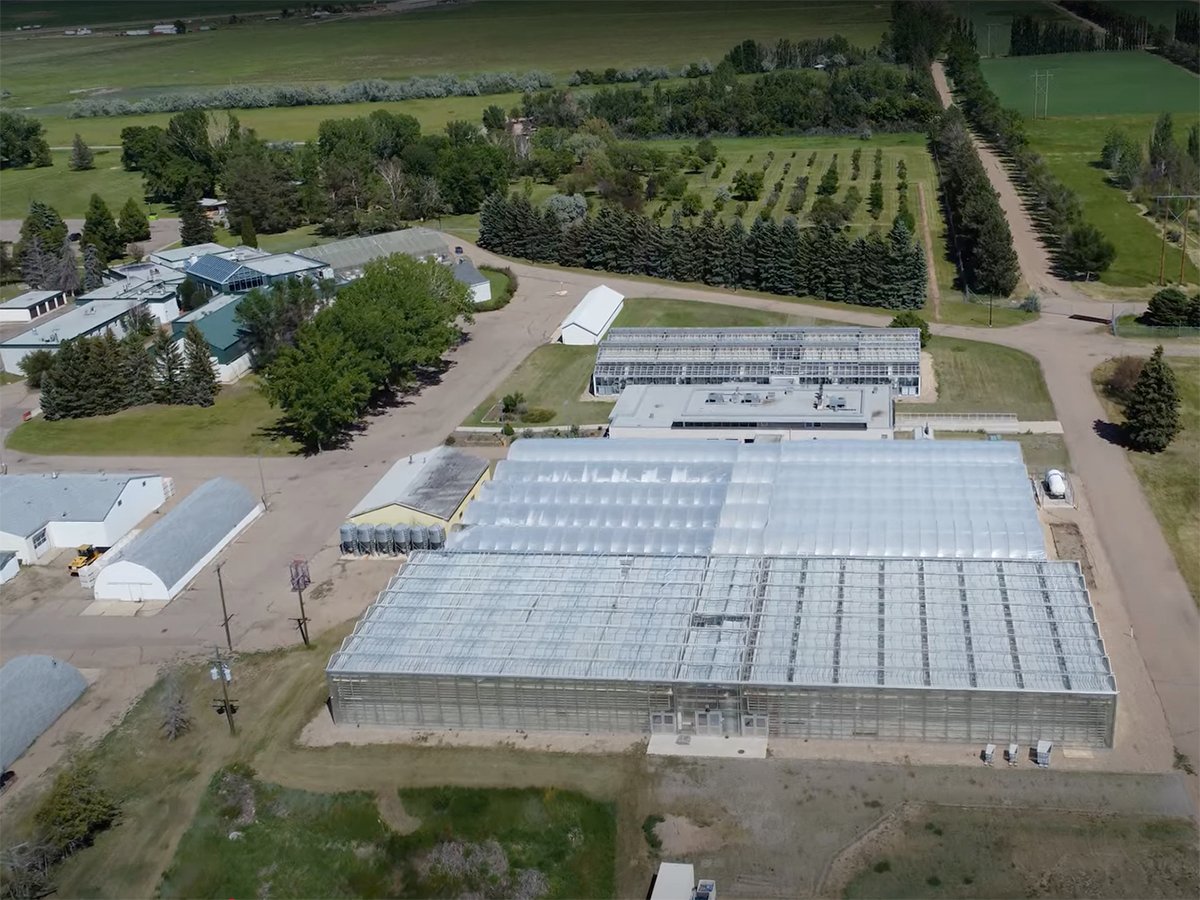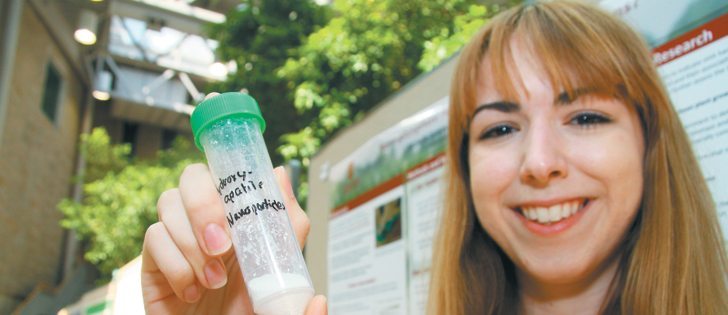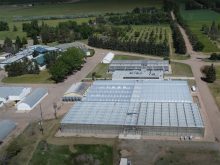KINGSTON, Ont. — As Michelle Lemieux holds up a small plastic container, slightly narrower than a pill bottle, it’s hard to comprehend the size of the white particles inside.
That’s because the particles are less than 40 nanometres wide. In comparison, a human hair is about 70,000 nanometres wide.
Nano-particles have been promoted for numerous uses in technology and medicine, such as delivering drugs to specific cells in the body.
“There’s millions of tonnes of nano-particles being produced every year. You have nano-particles in your clothes, particularly in your socks (for odour control),” said Virginia Walker, a molecular genetics professor at Queen’s University.
Read Also

Alberta crop diversification centres receive funding
$5.2 million of provincial funding pumped into crop diversity research centres
“Nano-particles are put in M&Ms to make the colours pop.”
Researchers in China and India have studied nano-particles as a way to deliver phosphorus to plants because regular phosphate fertilizers are inefficient.
Studies suggest 90 percent of the phosphorus is unavailable to the plant in the year of application.
“It (nano-fertilizers) is a new idea that’s been surfacing in the last few years,” said Lemieux, a graduate student working under Walker at Queen’s.
“There have been a few studies … one with soybeans that did show an increase in biomass and yield.”
The soybean study, published on nature.com in 2013, found that a nano-phosphate fertilizer in-creased growth rate and seed yield by 32.6 percent and 20.4 percent, respectively, compared to soybeans treated with a standard phosphate fertilizer.
The scientists behind the study said more research is needed to understand why plants responded to the nano-fertilizer.
Lemieux and Walker wanted to know if nano-particles are safe for crops such soybeans, so Lemieux studied hydroxyapatite, the same nano-particle used in the nature.com study.
Nano-sized hydroxyapatite is a synthetic particle that’s similar in structure to human bones and teeth and is 10 to 40 nanometres wide.
“(It’s) on the scale of proteins and DNA,” Lemieux said. “They are needle-like in shape…. They have a very high surface area.”
Lemieux soaked soybean seeds in solutions of the nano-particles and then allowed the seeds to germinate. The tiny particles had no effect on germination.
She also wanted to know if the nano-fertilizer would affect nitrogen fixing bacteria, so she monitored the respiration of the bacteria.
Again, she found no impact.
The studies are fairly basic, but Lemieux intends to do more research on nano-fertilizers. She wants to know if nano-hydroxyapatite actually increases the growth rate of soybeans compared to regular hydroxyapatite.
Walker said nano-fertilizers could, in theory, be coated onto the seed so that the nutrients would be readily available for the plant.
It will require many more studies to prove that nano-particles could be used instead of conventional fertilizers, but there are potential environmental benefits.
Walker said nano-particles such as hydroxyapatite are less soluble in water than standard phosphate fertilizers, so there’s less chance of phosphorus contaminating lakes and rivers near agricultural land.















